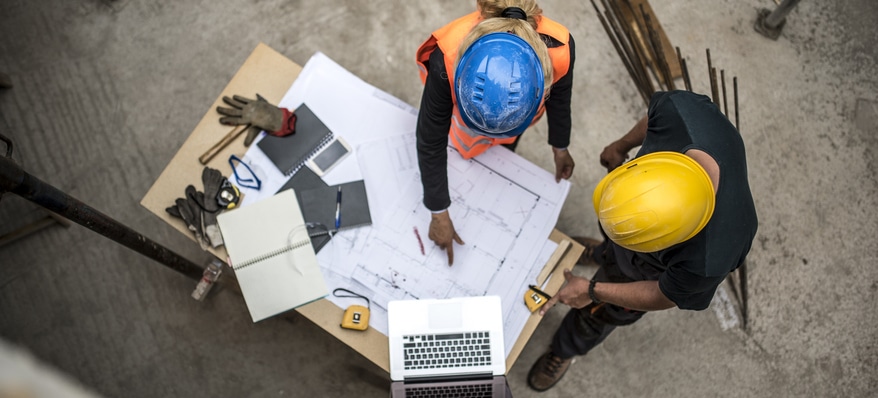What Is Utility Mapping and Why is it Important?
The whole purpose of an open-cut survey is to analyze sensitive areas in a construction site or utility service area, allowing for more informed long-term decision-making. However, what happens when an open-cut survey is insufficient, or ineffective?
To make an informed decision, you will need a clear understanding of crucial infrastructural elements so that you can avoid damage, downtime, and workplace accidents. The best way to do that is with underground utility mapping – a service that is high in demand in the post-COVID world by governments and private contractors.
So let’s take a closer look at utility mapping, its importance, and why large-scale contractors prefer using it.
What Is Utility Mapping?
The concept of utility mapping is fairly self-explanatory; it helps construction and maintenance crews understand the position, location, and other pertinent details of the buried pipelines and cables underground before they start digging.
Key utilities that are usually mapped include:
- Sewers
- Electric cables
- Telecoms cables
- Gas lines
- Water mains and more.
Once everything has been analyzed, contractors combine the results with a topographical survey of the site to get a comprehensive and detailed map of the entire environment. By analyzing it carefully, the contractors can understand what lines are running underground, how deep they are, and most importantly, what above-ground features they are connected to.
These maps are important for any company that needs to break ground, whether it’s something minimally invasive such as directional drilling and microtrenching, or a more extensive process such as trenches for complete pipeline or utility construction.
Why are Utility Maps Used?
Organizations such as OSHA and ANSI recommend checking for underground services before beginning groundwork. These requirements aren’t just specific to the US but are present all over the world. Every contractor is expected to conduct due diligence to try and identify any utility lines before they start digging to minimize disruptions and liability.
With the help of utility mapping, contractors can re-route their lines around the mapped area to avoid existing lines, if needed. All issues can be identified beforehand, which helps limit budget exposure and uncertainties in the planning phase.
Utility services can find extensive use for utility mapping in their normal day-to-day operation, ensuring the long-term sustainability of a given project and helping to break down complex jobs into more manageable pieces. Some benefits that contractors get via utility mapping include but aren’t limited to:
- Better compliance with construction and utility principles
- Minimized risk with minimal investment
- Improved project timelines by eliminating any surprises and uncertainties
- Improved employee and equipment safety
- Ensuring the long-term sustainability of the project
Americom has been leading the utility mapping industry in Utah by providing robust infrastructure engineering and utility services. Our team of engineers uses every model available to ensure maximum reliability, and we adopt high-tech techniques to give you a detailed profile of your project, giving you every chance to make informed decisions.
To find out more, get in contact with us today!



